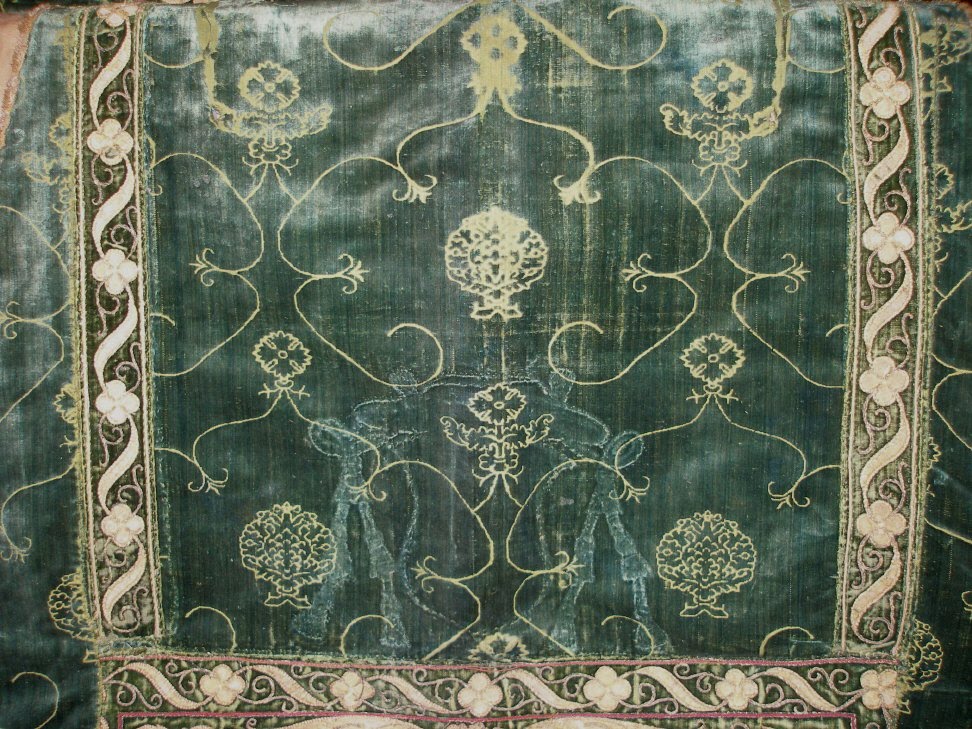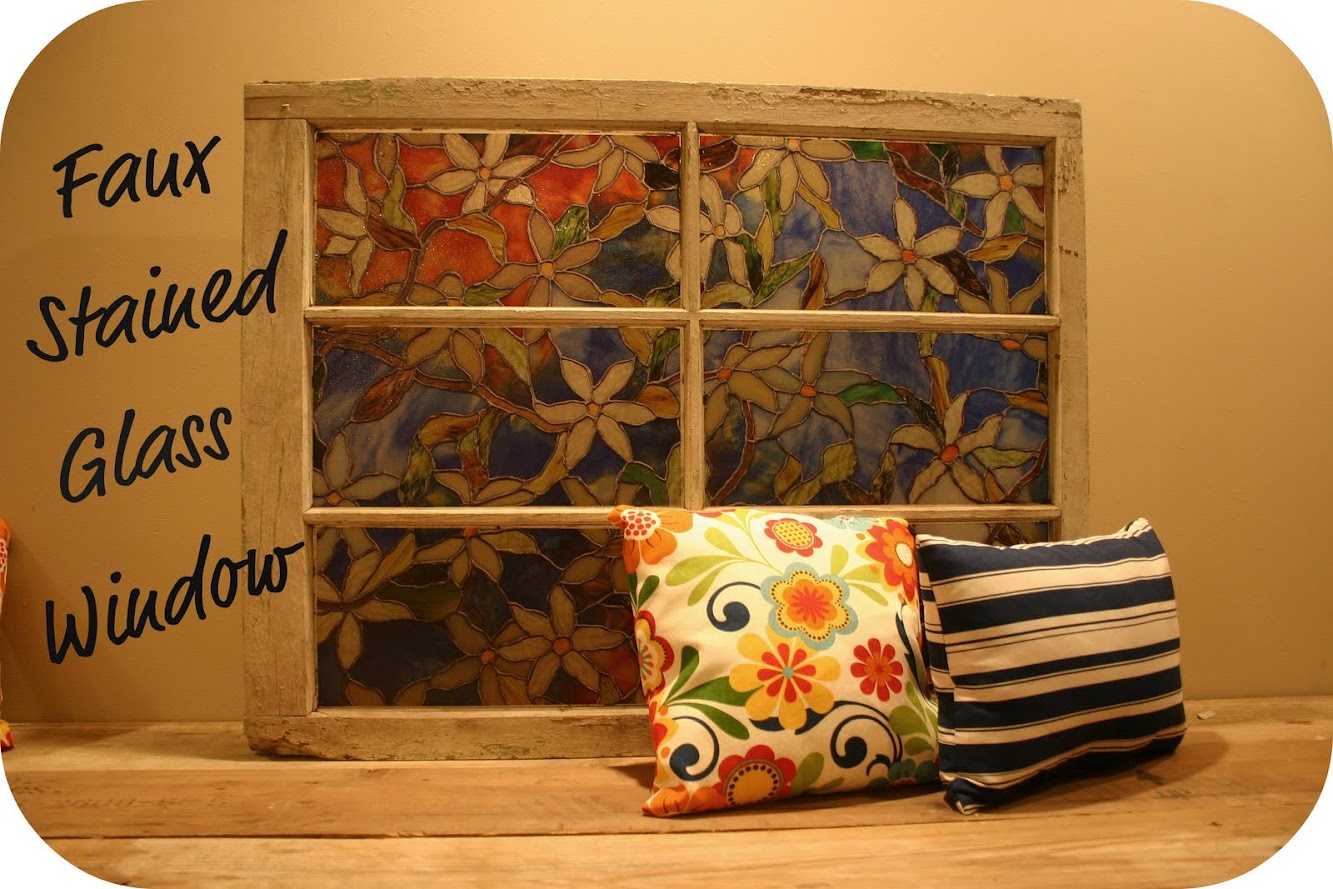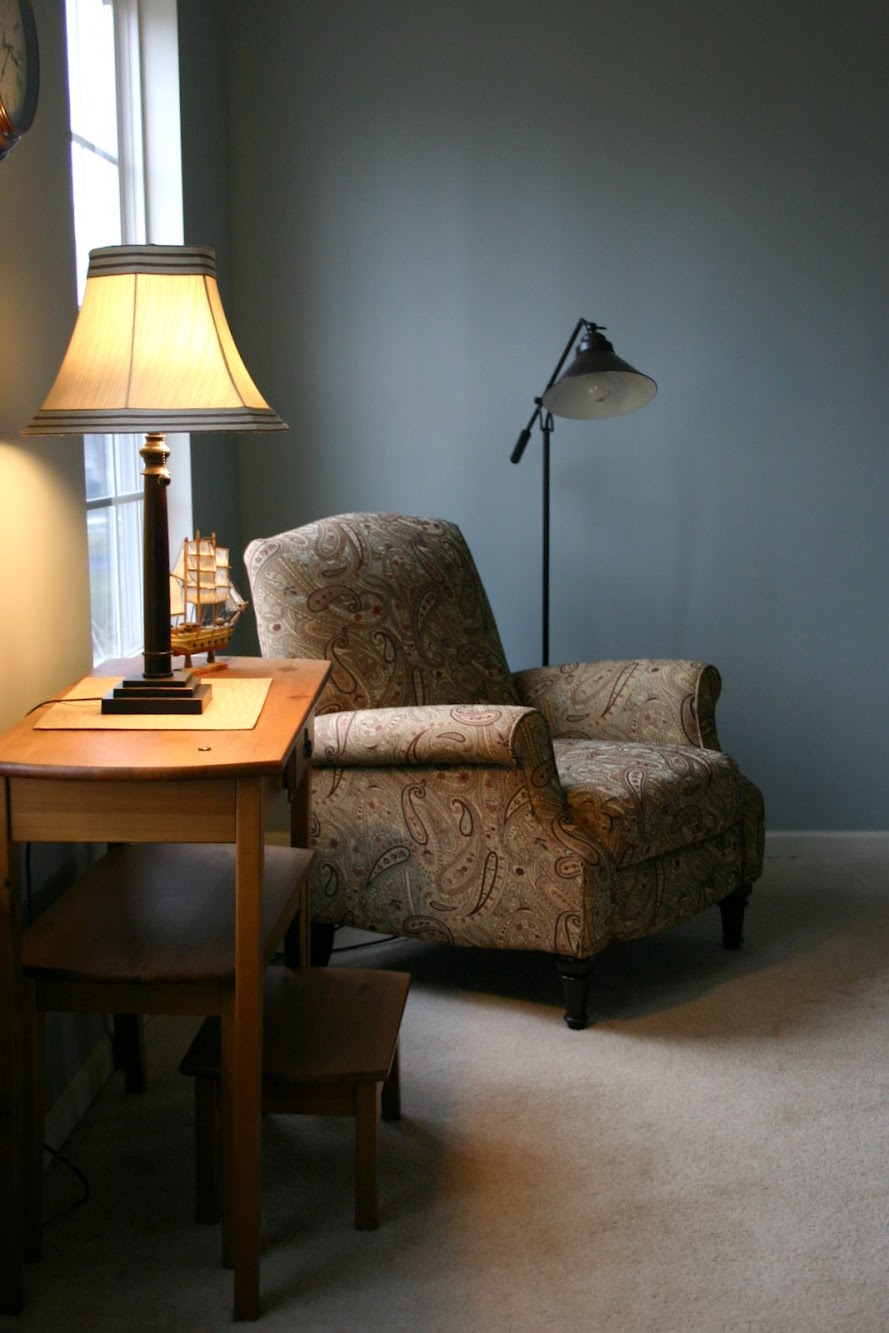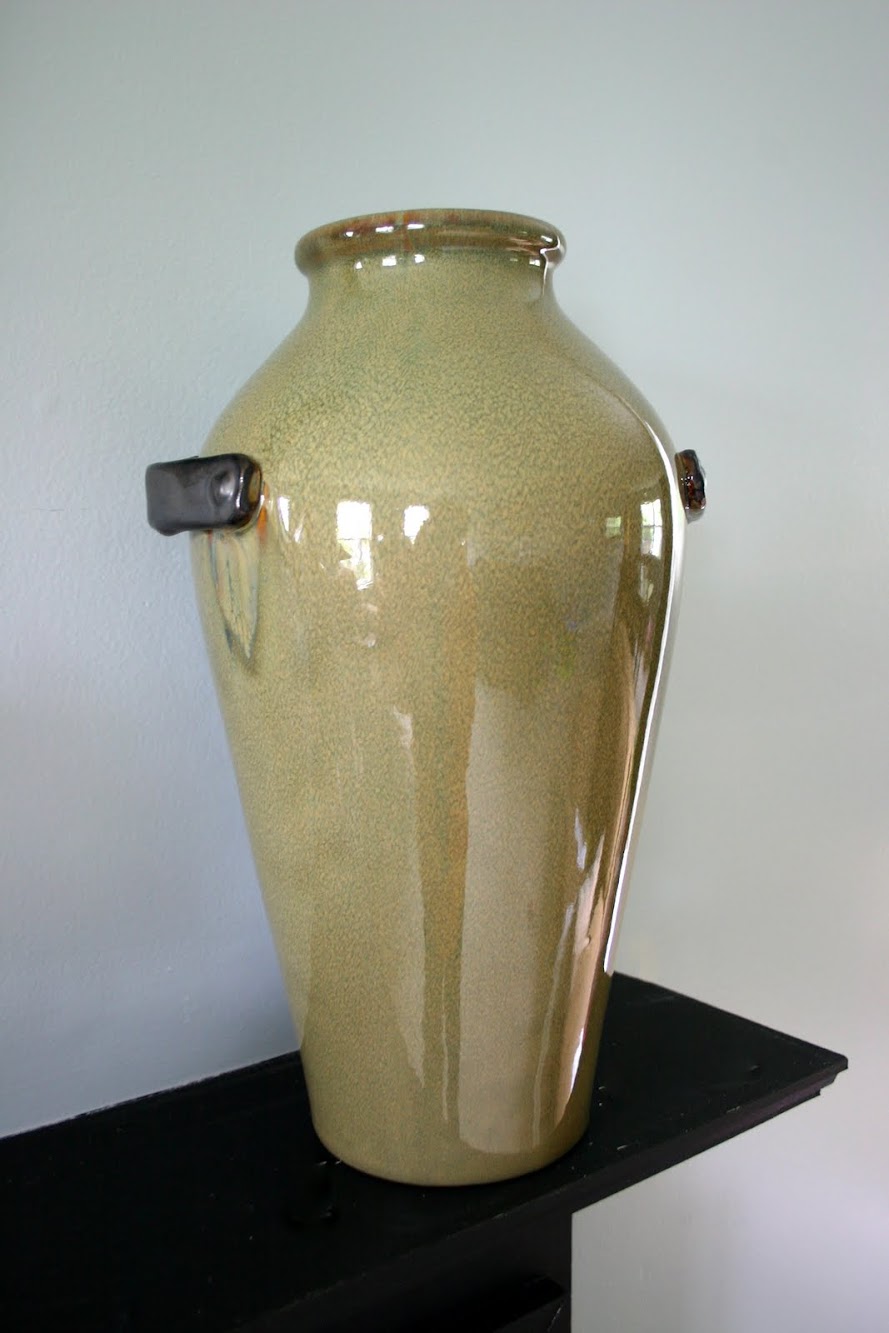My Creative Blog [Search results for pattern]
Birds on Vintage China Patterns

Painted Hardwood Floors {Knock It Off DIY Project}

The Nursery

Wood Shim Wall Art {Tutorial}

Norwegian beanbag, for sure.

DIY Herringbone "Tile" Floor Using Peel & Stick Vinyl {Knock It Off}

Italian and French silk velvets

Barnwood Artwork

Fall Gingerbread and Transferware

Free Printable Invasion
Chevron
Layered Upholstered Headboard {Knock it Off DIY Project}

Vintage Monogram China Made Into Jewelry!

A Statement Piece
Stencil Happiness {Royal Design Studio}
Finding Treasures {Flea Market Hunt}
Faux Stained Glass Window {Tutorial}

Nate's 12 Days of Holiday DIYs {Day 8: Pallet Wall Take 2}

Mosaic: When Art Inspires Poetry

Modern Houndstooth Stencil






